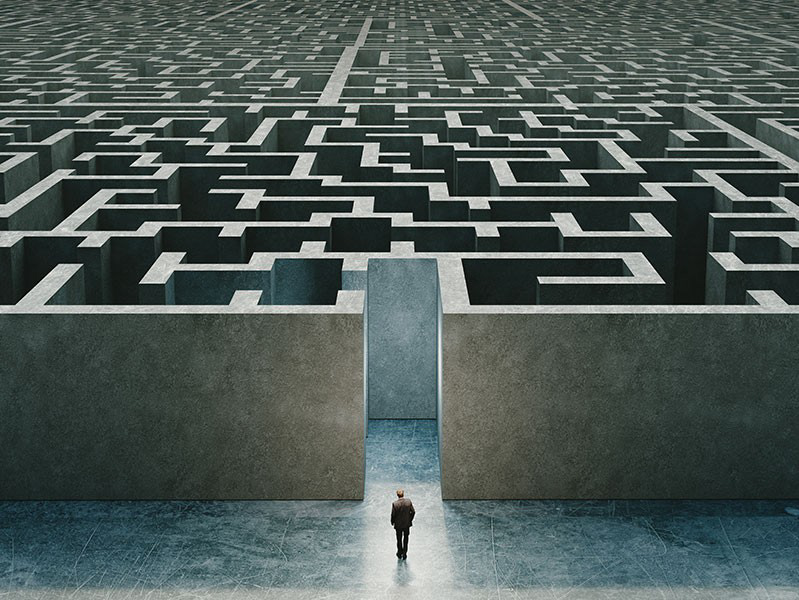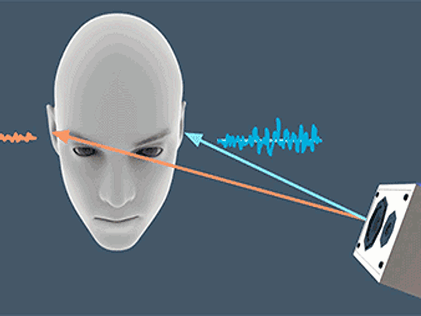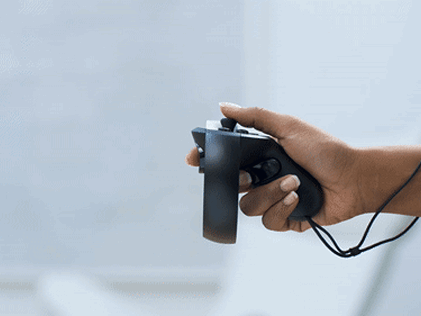GOAL: determine the interrelationship between locus of motion control, cybersickness induced, perceived workload and time spent in the simulation and their associations with the levels of presence
Description: Using an immersive driving simulator to conduct an experiment, we leveraged a statistical technique called structural equation modeling using which, pathways were analyzed and a model was developed explaining the relationship between these variables.
Abstract:
The commercialization of Virtual Reality (VR) devices is making the technology increasingly accessible to users around the world. Despite the success that VR is starting to see with its growing popularity, it has yet to become widely adopted and achieve its ultimate goal- convincingly simulate real life like experiences. The inability to generate adequate levels of presence and to prevent the manifestation of cybersickness are the two prominent barriers that have hindered VR from achieving its ultimate goal. While traditional research has examined factors that influence (correlate with) the onset and severity cybersickness, there is still a gap in our knowledge about the consequences of having motion control on cybersickness in immersive virtual environments (IVE's) achieved using tracked Head Mounted Displays (HMD's). Furthermore, outside of a correlational capacity, it is still unclear as to what causes cybersickness to affect presence in immersive virtual environments. The success of immersive virtual reality as a technology will hence largely come down to our ability to understand the interrelationship between these variables and then address the challenges they pose. Towards this end, we investigated how the affordance of motion control affects cybersickness and presence in an HMD based VR driving simulation by conducting a between subjects study where we manipulated the affordance of control between three experimental conditions. We leverage structural equation modeling in an attempt to build a framework that explains the relationship between virtual motion control, workload, cybersickness, time spent in the simulation, perceived time and presence. Our structural model helps explain why motion control could be an important factor to consider in addressing VR's challenges and realizing its ultimate aim to simulate reality.
The commercialization of Virtual Reality (VR) devices is making the technology increasingly accessible to users around the world. Despite the success that VR is starting to see with its growing popularity, it has yet to become widely adopted and achieve its ultimate goal- convincingly simulate real life like experiences. The inability to generate adequate levels of presence and to prevent the manifestation of cybersickness are the two prominent barriers that have hindered VR from achieving its ultimate goal. While traditional research has examined factors that influence (correlate with) the onset and severity cybersickness, there is still a gap in our knowledge about the consequences of having motion control on cybersickness in immersive virtual environments (IVE's) achieved using tracked Head Mounted Displays (HMD's). Furthermore, outside of a correlational capacity, it is still unclear as to what causes cybersickness to affect presence in immersive virtual environments. The success of immersive virtual reality as a technology will hence largely come down to our ability to understand the interrelationship between these variables and then address the challenges they pose. Towards this end, we investigated how the affordance of motion control affects cybersickness and presence in an HMD based VR driving simulation by conducting a between subjects study where we manipulated the affordance of control between three experimental conditions. We leverage structural equation modeling in an attempt to build a framework that explains the relationship between virtual motion control, workload, cybersickness, time spent in the simulation, perceived time and presence. Our structural model helps explain why motion control could be an important factor to consider in addressing VR's challenges and realizing its ultimate aim to simulate reality.










